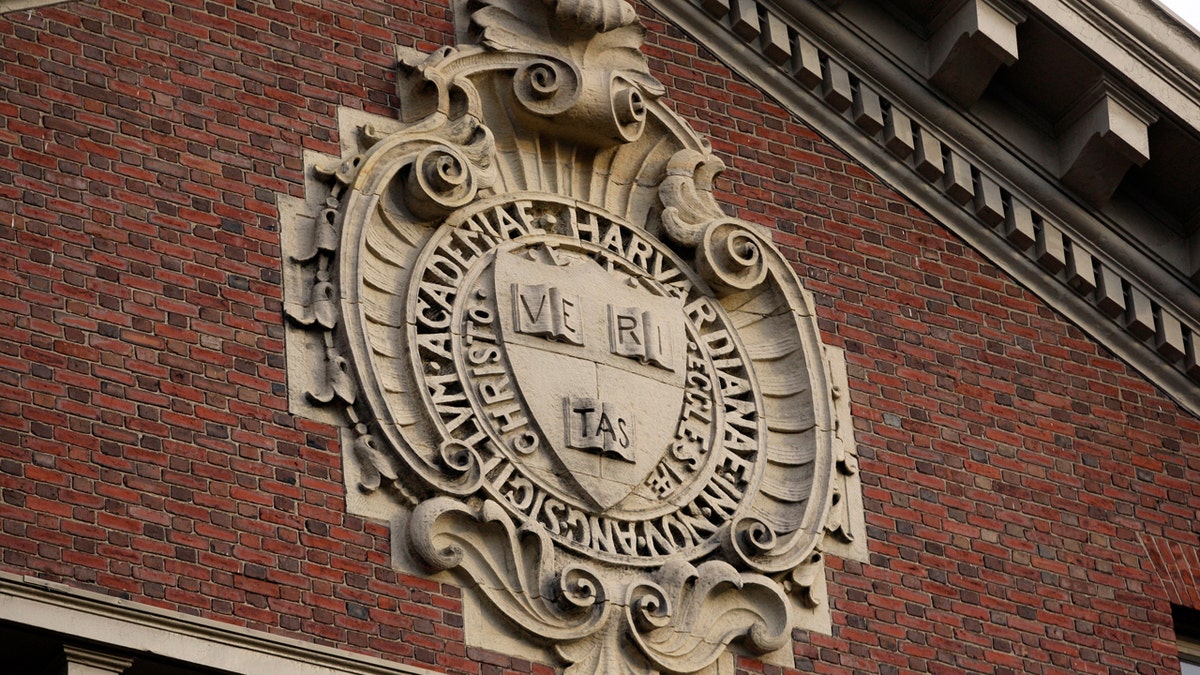
Harvard University held its first commencement for black students in May 2017, two days ahead of the main ceremony. Authorities say an Arizona man had made threats against the event. (Reuters)
The Supreme Court has held repeatedly that “all government racial classifications must be analyzed by a reviewing court under strict scrutiny.” Now, thanks to a pending lawsuit and a new presidential order, affirmative action is under strict scrutiny from an even higher court, the one of public opinion.
Here’s hoping this renewed attention marks the beginning of the end.
Affirmative action has become the gateway drug to identity politics, or the breakup of America into antagonistic “oppressor” and “subordinate” groups constantly engaging in power relations. It suborns adolescents filled with angst about not getting into the right college into ticking the right box.
But the government should have never gotten into the business of racial classifications in the first place, let alone deciding whom among them stands to receive privileges and who goes to the back of the line. The Civil Rights movement was supposed to rid the country of that, but it metamorphosed into its opposite when the focus shifted from ending unequal treatment to a crusade for statistical diversity.
Asian-Americans give the lie to the entire narrative that marginalized, “subordinate” groups cannot get ahead in American society, cannot play by the established rules, cannot assimilate.
Now two cases will once again motivate individual Americans to apply “strict scrutiny of all race-based action” by government, in the words of the court in 1989. One was last month’s rescindment of Obama-era guidelines by the Trump administration. The other is a lawsuit by a group of Asian-Americans against Harvard.
They are both important in their own right. The first reinstates the Bush administration’s approach to racial preferences, one that is more in line with actual legal precedent. The second seeks to overturn that precedent with a new understanding of the wreckage that affirmative action leaves behind, and not just for Asian-Americans.
The Obama “guidance on the voluntary use of race to achieve diversity” in both K-12 and post-secondary education overemphasized race in the admissions process and even encouraged its use over race-neutral admissions processes, which the Supreme Court has said must be tried first.
While rescinding them does not really amount to a legal body blow against affirmative action, it is a side-glance hit that checks its forward progress. As Roger Clegg of the Center for Equal Opportunity put it, “School officials who keep their race-conscious admissions policies intact would do so knowing that they could face a Justice Department investigation or lawsuit, or lose funding from the Education Department.”
That should concentrate the attention of school administrators, who are put on notice that, as Education Secretary Betsy DeVos put it, the Supreme Court’s “written decisions are the best guide for navigating this complex issue.”
But that’s where the Harvard case, due to go to a district court in Boston on Oct. 15, comes in. It lays bare how Harvard has used racial preferences to discriminate against Asian-Americans.
The plaintiffs in the case, a group called Students for Fair Admissions (SFFA), have produced evidence that Harvard itself conducted a study in 2013 which showed that if academics were the only criteria used in admissions, Asian-Americans would make up 43 percent of the student body.
Harvard and other elite schools artificially keep down the number of Asians precisely because of their pursuit of diversity for the sake of diversity. They believe, in the words of the 2003 Supreme Court’s decision in Grutter v. Bollinger, that the “educational benefits that flow from an ethnically diverse student body” justify the use of race in admissions.
But if you represent just 5.6 percent of the population, as Asians do, then 43 percent at Harvard is not very “diverse.” So, SFFA asserts in its lawsuit, Harvard has been scoring Asian-American applicants lower on “character traits.”
SFFA is financed by Edward Blum, who has financed several attempts to roll back affirmative action, including that of Abby Fisher, the plaintiff in yet another affirmative action case which went to the Supreme Court but failed to bring down its edifice.
When it comes to Asian-Americans, Blum may have found the right cause. They give the lie to the entire narrative that marginalized, “subordinate” groups cannot get ahead in American society, cannot play by the established rules, cannot assimilate.
Left unsaid, of course, is the damage the use of racial preferences causes to those in whose name it is practiced. The awful implication that they cannot compete without an unfair advantage, the stigma it attaches to their credentials and achievements, the expectation that individuals will assume the perspectives of entire ethnic collectives so they can share them in the classroom—these should all be considered as the nation again looks at racial preferences.
The court of public opinion is all that should be needed in a democracy.
